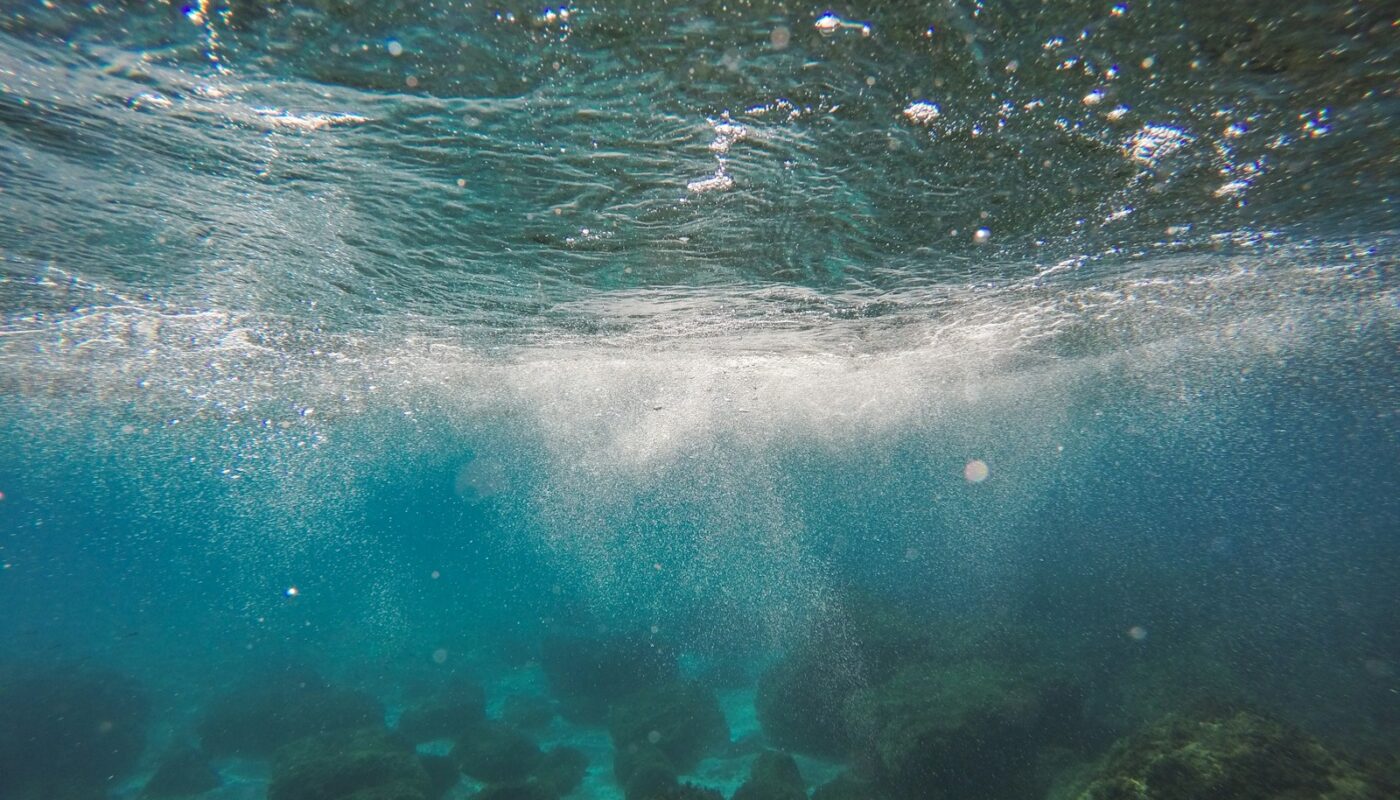The debate over deep-sea mining in the Atlantic represents one of the most complex and contentious challenges of our time. As demand for critical minerals increases in tandem with the shift toward renewable energy technologies and digital infrastructure, deep-sea mining emerges as a possible solution to resource scarcity. Yet, the potential economic benefits come hand-in-hand with serious environmental concerns. In this article, we explore the multifaceted future of deep-sea mining in the Atlantic, examining its economic potential, environmental risks, regulatory challenges, and the need for balanced decision-making that safeguards both human progress and marine ecosystems.
Introduction: A New Frontier in Resource Extraction
The Atlantic Ocean, with its vast expanses and rich deposits of minerals such as polymetallic nodules, cobalt-rich ferromanganese crusts, and seafloor massive sulfides, has attracted the attention of governments, corporations, and environmental groups alike. Deep-sea mining, a process that extracts these valuable resources from the ocean floor, is touted by some as a game changer for the global economy. Proponents argue that it could unlock a treasure trove of minerals essential for the production of batteries, electronics, and renewable energy infrastructure.
However, as efforts to access these underwater reserves intensify, so do concerns about the environmental impact. Unlike terrestrial mining, deep-sea mining occurs in one of the least understood and most delicate ecosystems on Earth. The potential for irreversible environmental damage—from habitat destruction to biodiversity loss—raises serious ethical and scientific questions. The future of deep-sea mining in the Atlantic, therefore, is not only an economic or technological challenge, but also an environmental and societal one.
Economic Potential: Unlocking a Wealth of Resources
The Demand for Critical Minerals
The modern economy is increasingly reliant on minerals that are critical for advanced technologies. With the surge in electric vehicle production, renewable energy infrastructure, and the digital revolution, the demand for metals like cobalt, nickel, and rare earth elements is soaring. Terrestrial sources are often limited, politically unstable, or environmentally problematic to exploit. Deep-sea deposits, particularly in the Atlantic, offer an enticing alternative. These resources are not subject to many of the geopolitical constraints that affect land-based mining, potentially offering a more stable and abundant supply.
Technological Advances Driving Feasibility
Advances in robotics, remotely operated vehicles (ROVs), and sensor technologies have made it possible to explore and assess deep-sea environments with greater accuracy than ever before. Companies investing in deep-sea mining technology are working on systems that can operate at extreme depths and withstand the harsh conditions of the ocean floor. These innovations not only improve the economic viability of extraction but also aim to minimize the human footprint in dangerous underwater environments.
Investment in deep-sea mining research has grown substantially over the past decade. Major corporations and even state-backed enterprises are funneling resources into developing pilot projects and demonstration sites. The promise of vast mineral wealth combined with the potential for economic diversification in coastal nations creates significant political and commercial momentum behind the initiative.
Economic Benefits for Coastal and Developing Nations
For many coastal nations bordering the Atlantic, deep-sea mining could become a significant contributor to their national economies. The extraction of minerals could create jobs, foster technological innovation, and drive infrastructure development in regions that have historically depended on more volatile sectors like fishing or tourism. Furthermore, a successful deep-sea mining industry could provide a stable revenue stream that supports public services, education, and economic diversification.
The possibility of reducing dependence on terrestrial mining, which often comes with substantial environmental and social costs, is also appealing. Proponents argue that if managed responsibly, deep-sea mining can offer a more sustainable way to meet the global demand for critical minerals without the same level of deforestation, water contamination, or air pollution associated with land-based extraction.
Environmental Risks: Uncharted Territory with Unknown Consequences
Disruption of Marine Ecosystems
Deep-sea ecosystems are some of the least explored on Earth, harboring unique life forms that have adapted to extreme conditions over millennia. These ecosystems are characterized by slow growth rates, low reproductive output, and high levels of endemism. The disturbance caused by deep-sea mining operations—such as sediment plumes, noise pollution, and physical destruction of habitats—could have devastating effects on these fragile communities.
The extraction process itself involves scraping the ocean floor to collect mineral-rich nodules or drilling into seabed deposits. This physical disruption can lead to the loss of habitat for numerous species, many of which remain unidentified by scientists. The long-term ecological impact may include not only species loss but also a breakdown in ecosystem functions that support the broader oceanic environment.
Sediment Plumes and Toxicity
One of the most concerning environmental issues associated with deep-sea mining is the creation of sediment plumes. These plumes can spread over vast areas, smothering marine life and disrupting feeding and reproductive behaviors. In addition, the disturbance of sediments may release stored toxins into the water, further jeopardizing marine organisms and possibly entering the human food chain via fish and other seafood.
The cumulative impact of sediment plumes could alter local water chemistry and reduce oxygen levels in the surrounding environment, leading to a cascade of negative effects on both micro and macro organisms. The extent of these impacts is still largely unknown due to the limited data available on deep-sea ecosystems, emphasizing the need for comprehensive environmental impact studies before any large-scale mining operations commence.
Loss of Biodiversity and Irreversible Changes
The deep sea is a reservoir of biodiversity, with many species yet to be discovered. The loss of these species could have far-reaching implications, not only for marine ecology but also for scientific research and potential biotechnological innovations. Deep-sea organisms often possess unique biochemical compounds that have the potential for use in medicine, industry, and environmental management. The destruction of their habitat may mean the permanent loss of these valuable resources.
Moreover, the slow recovery rates of deep-sea ecosystems mean that any damage inflicted could be irreversible on human timescales. Unlike terrestrial ecosystems, which may regenerate over decades, deep-sea habitats could take centuries—or may never fully recover—from significant disturbances. The prospect of permanent environmental change poses a serious ethical dilemma: is the short-term economic gain worth the long-term cost of biodiversity loss and ecosystem degradation?
Regulatory and Governance Challenges
International Regulations and the Role of the International Seabed Authority
Deep-sea mining in international waters falls under the jurisdiction of the International Seabed Authority (ISA), an organization established to regulate mineral-related activities in the seabed beyond national jurisdiction. The ISA is tasked with ensuring that deep-sea mining is conducted in a manner that is both environmentally responsible and beneficial to all humankind. However, the rapid pace of technological development and the high stakes involved have exposed gaps in existing regulations.
Critics argue that current frameworks do not adequately address the cumulative impacts of mining or enforce stringent environmental safeguards. There is an urgent need for robust, adaptive policies that can keep pace with technological advancements while prioritizing ecological integrity. Transparency, stakeholder participation, and independent scientific oversight are essential components of any regulatory framework aimed at mitigating the risks of deep-sea mining.
Balancing Economic Interests with Environmental Protection
The tension between economic development and environmental conservation is at the heart of the debate over deep-sea mining. Governments and corporations are eager to tap into the economic potential of the Atlantic’s mineral wealth, while environmental organizations warn of the irreversible damage that could be inflicted on the marine environment. Finding a balance between these competing interests is a formidable challenge that requires careful negotiation and compromise.
Some experts advocate for a precautionary approach—delaying large-scale mining operations until more is known about the deep-sea environment and effective mitigation measures are in place. Others argue that the urgency of economic needs and the demand for critical minerals necessitate moving forward, albeit with stringent controls. The debate continues, underscoring the need for ongoing research, dialogue, and adaptive management strategies.
Technological Innovations and Sustainable Practices
Developing Environmentally Friendly Mining Techniques
In response to environmental concerns, researchers and engineers are working on developing more sustainable deep-sea mining technologies. Innovations in precision robotics, minimally invasive extraction methods, and real-time environmental monitoring are at the forefront of these efforts. The goal is to reduce the physical footprint of mining operations and minimize the impact on delicate marine ecosystems.
For instance, some proposed technologies aim to extract minerals without disturbing large areas of the seabed, using tools that can target deposits with minimal collateral damage. Additionally, advanced sensors and monitoring systems are being designed to provide immediate feedback on environmental conditions, allowing operators to adjust practices in real time. While these technologies are still in the experimental stage, they offer hope that deep-sea mining could eventually be conducted in a manner that is both economically viable and ecologically responsible.
The Role of Remediation and Restoration
Another area of research focuses on the potential for remediation and restoration of deep-sea environments following mining operations. While the resilience of deep-sea ecosystems is limited, scientists are investigating methods to accelerate recovery or even restore damaged habitats. Techniques such as artificial substrate placement or controlled sediment management could help mitigate some of the long-term impacts of mining.
However, the feasibility of restoration in the deep sea remains highly uncertain. The complexity of these ecosystems, coupled with the slow pace of biological processes in the deep ocean, means that any remediation efforts would need to be carefully designed and rigorously tested. Nonetheless, the prospect of combining sustainable extraction practices with effective restoration strategies offers a potential path forward in reconciling economic and environmental objectives.
Societal Implications and the Global Debate
Economic Opportunities Versus Environmental Stewardship
The future of deep-sea mining in the Atlantic is not solely a technical or environmental issue—it is also a matter of global ethics and social responsibility. The potential economic opportunities are immense, promising new revenue streams, job creation, and technological advancement. Yet, these benefits must be weighed against the responsibility to protect our planet’s last great wildernesses.
For many, the decision to pursue deep-sea mining reflects broader societal values. Should economic growth take precedence over environmental preservation, or is it possible to strike a balance that honors both imperatives? These questions are being debated at international forums, where policymakers, industry leaders, and environmental advocates seek common ground. The outcome of these debates will shape not only the future of the Atlantic but also the trajectory of global environmental governance.
Public Awareness and the Role of Advocacy
Public perception plays a critical role in shaping the future of deep-sea mining. As awareness of the potential environmental impacts grows, advocacy groups and concerned citizens are increasingly calling for transparency, accountability, and a precautionary approach to mineral extraction. Social media campaigns, documentaries, and grassroots movements have brought the issue into the public spotlight, urging governments and corporations to consider the long-term consequences of their actions.
The influence of public opinion cannot be underestimated. A well-informed and engaged citizenry is essential for ensuring that decision-makers prioritize sustainable practices and respect the intrinsic value of marine ecosystems. The future of deep-sea mining will ultimately be determined not only by market forces and technological capabilities but also by the collective will of society to protect the natural world.
Conclusion: Navigating an Uncertain Future
The future of deep-sea mining in the Atlantic is a complex and contested issue that sits at the intersection of economic ambition and environmental stewardship. On one hand, the untapped mineral wealth of the Atlantic promises significant economic benefits—boosting technological development, diversifying economies, and meeting the global demand for critical minerals. On the other hand, the potential for severe environmental degradation, loss of biodiversity, and long-term ecological harm presents a formidable challenge that cannot be ignored.
As technological innovations advance and regulatory frameworks evolve, it is imperative that all stakeholders engage in open, informed, and balanced dialogue. A responsible path forward will require robust scientific research, stringent environmental safeguards, and a willingness to invest in sustainable technologies that minimize ecological harm. It will also demand that governments, industry leaders, and civil society work together to ensure that the benefits of deep-sea mining are shared equitably and do not come at the expense of our planet’s most fragile ecosystems.
Ultimately, the debate over deep-sea mining in the Atlantic is more than a question of economic potential versus environmental disaster—it is a test of our ability to reconcile human progress with the imperative to protect the natural world. As we move forward, the choices we make today will determine not only the fate of the Atlantic’s deep-sea ecosystems but also the legacy we leave for future generations.



